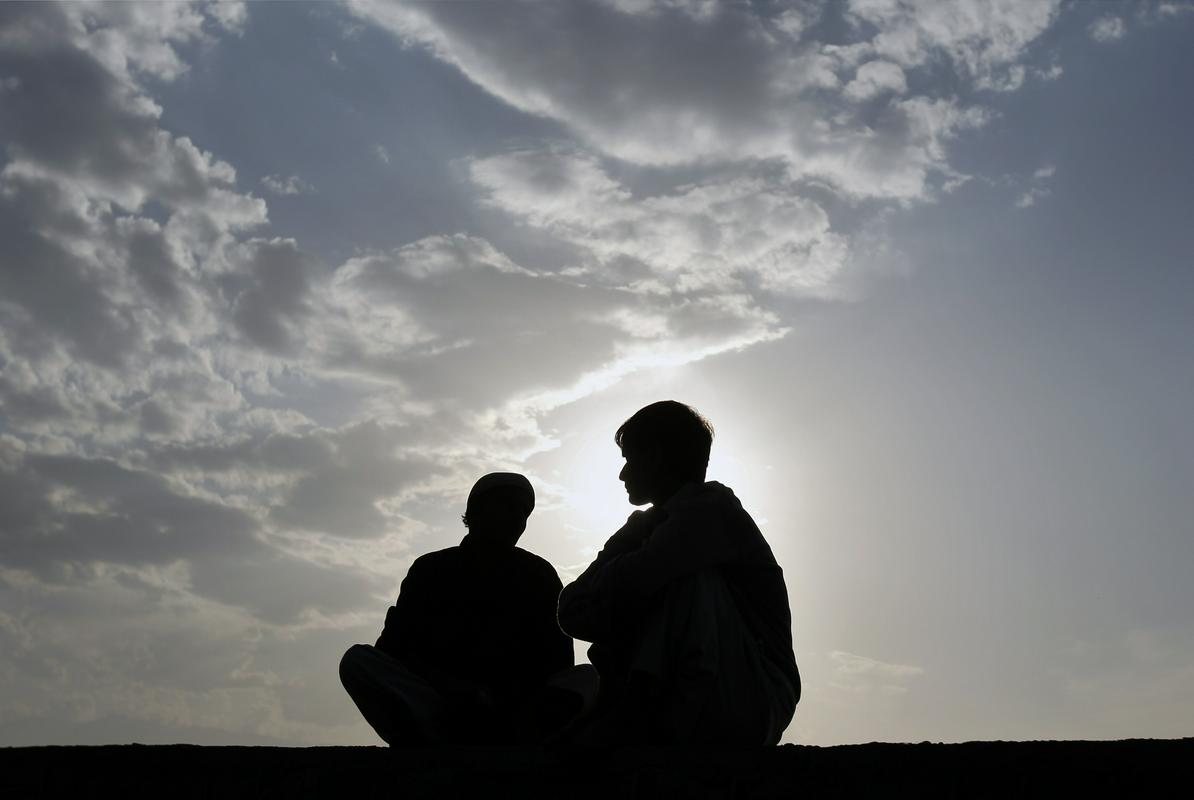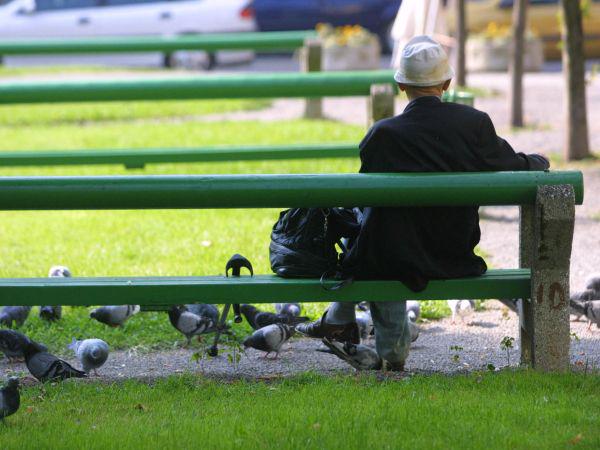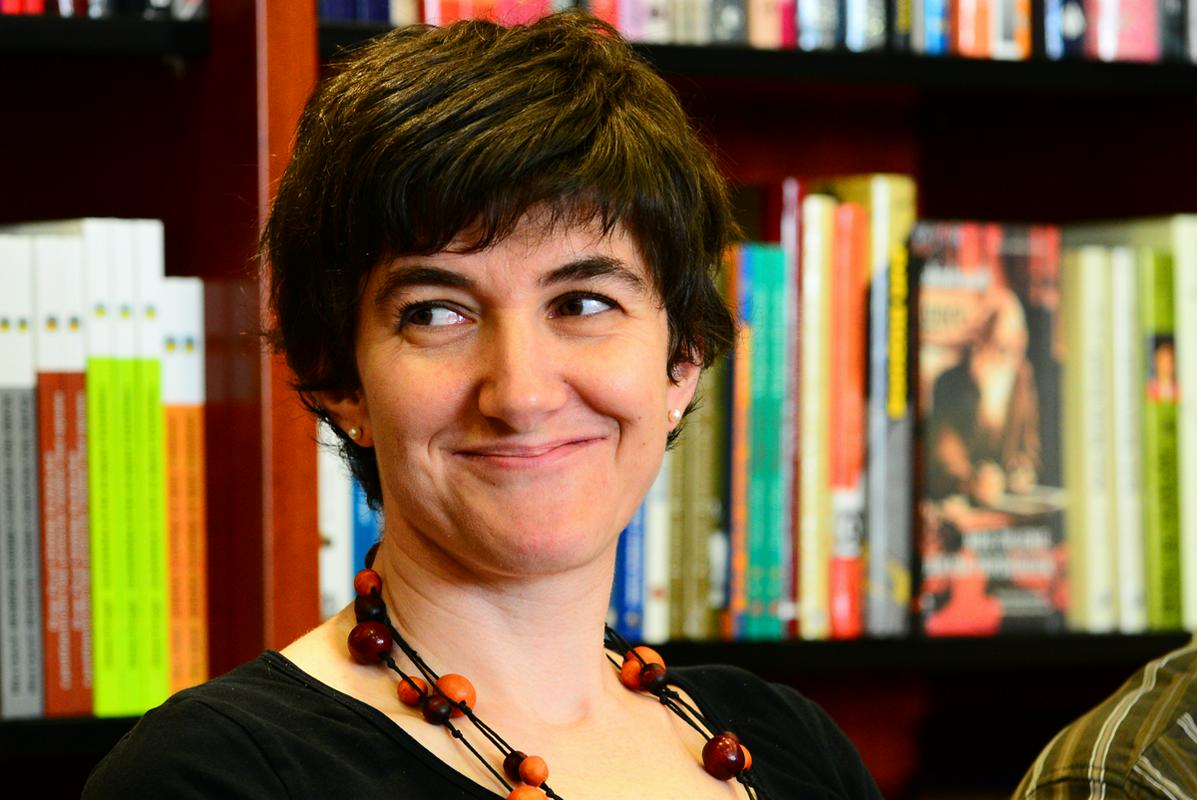
Slovenia is almost divided by half. The Eastern regions - Maribor, Celje, Ravne na Koroškem, Prekmurje and Novo mesto – are the regions where the suicide rate is above the Slovenian average



"It is true that since 2010 we have been noticing that the number of suicides has been slightly increasing, mainly among males, while the number remains quite stable among females. It would be difficult to name the reason for the growing suicide rate. It might be just accidental oscillation, as the number can increase one year, and then decrease the next, but it might be partially caused by the economic crisis," says dr. Saška Roškar, ass. prof. from the National Institute of Public Health. But she claims that economic crisis cannot be the only reason for an increased number of suicides. "Even before the crisis Slovenia was among the countries in which suicides were a serious threat."
80 percent of suicides are committed by men
More than 800,000 people all over the world take their own life, most frequently in poorer countries. The data gathered by the World Health Organisation show that in Europe the number of male suicides is four times larger than the number of female suicides, and most often suicides are committed by people over 65 years of age.
Slovenia has been among the countries with the largest suicidal rates for years: behind Lithuania (30,7 deaths per 100,000 inhabitants), Hungary (21,5 per 100,000) and Finland (18,5 per 100,000) it holds the fourth place among the members of the European union with regard to the number of suicides, with the ratio of 18,4 per 100,000 inhabitants, according to EU data from 2010. The least suicides were committed in Greece (3,3 deaths per 100,000 inhabitants), Italy, Spain, Great Britain, Malta, and the Netherlands.
Prevention has improved during 15 years
According to Roškar the reduced suicidal rate in Slovenia during the last decade is the consequence of several factors: during this period prevention activities have been increased; people in distress are sooner recognized by key experts, help is found sooner, and the treatment is better. "Another thing is important as well: during this decade the decline of the suicidal rate has been noticed not only in Slovenia, but the same trend was noticed in other countries with high quotients," Roškar explains.
The eastern part of Slovenia is still considered a more endangered area as far as suicide rate is concerned. "Slovenia is almost divided by half. The Eastern regions - Maribor, Celje, Ravne na Koroškem, Prekmurje and Novo mesto – are the regions where the suicide rate is above the Slovenian average. That fact is probably connected with the smaller level of development, worse living conditions, and exposure to the larger consumption of alcohol," Roškar explains.
15% decline of suicidal rate in Celje region
She mentions Celje region which stands out by a decline of suicidal rate by 15 percent in the last decade, which is very good news. A number of preventive activities have been organized in that area, the entire community was active on several levels, from school advisors to general practitioners, and a lot improved regarding accessibility of help.
Statistical data show that the number of older people committing suicide has been constantly increasing in the last years. According to Roškar the old are considered a more endangered group as far as suicide is concerned, as the risk increases with old age, and the risk factors for suicide accumulate. "All of a sudden a number of risk factors for suicide accumulate: physical strength declines, illness start occurring, peers start dying, which consequently leads to loneliness, and all that is combined with worsened social-economic situation," she explains the reasons, but adds that the introduction of day centres for elderly people offering a range of activities had a very positive impact, as thus their loneliness is somewhat reduced.
112 – Rescue service
116 123 – Confidential phone lines Samarijan and Samaritan
116 111- TOM – telephone for children and youth
01 520 9900 – Phone service for citizens in emotional distress (from 7 pm to 7 am)
"Suicide Prevention: One World Connected"
The slogan of this year's World Suicide Prevention Day is Suicide Prevention: One World Connected. It stresses the importance of connections on several levels for successful prevention of suicides..
Ksenja Tratnik, translated by G. K.
Slovenia is almost divided by half. The Eastern regions - Maribor, Celje, Ravne na Koroškem, Prekmurje and Novo mesto – are the regions where the suicide rate is above the Slovenian average

































































